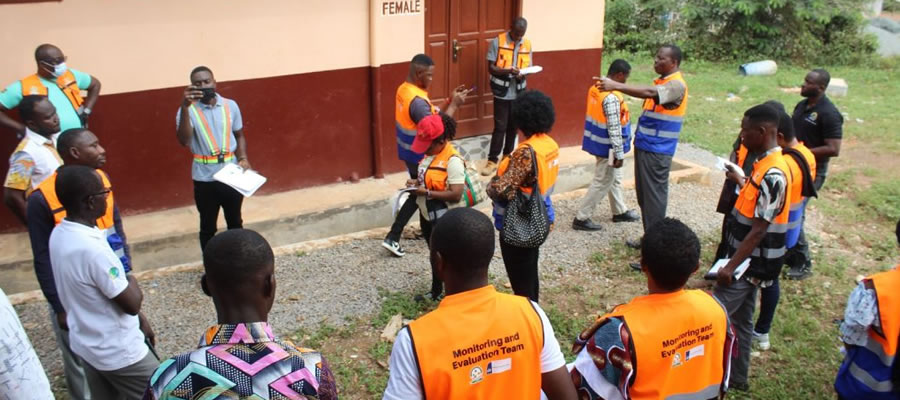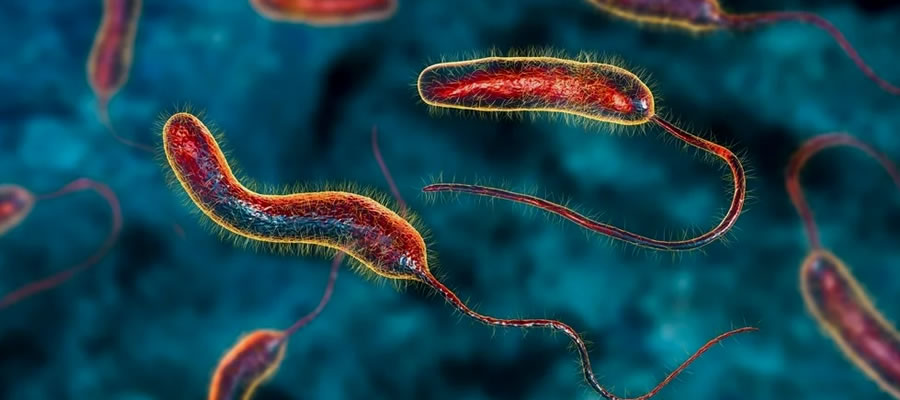

Agriculture is the major labour force relay upon in terms of employment. Basically, Agricultural development is confined to subsistence farming mostly farming livelihood. About 40% of WASSA WEST population is engaged in agricultural activities. Female population engaged in agriculture is estimated to be 70% of the total farmers.
The Agriculture comprises of crops livestock and fishers. The annual grant rate which was between 2 to 3% has risen to 5% at the end of 2005. The total Agricultural land is 1,083 sq km, representing 462 of the total land area. The average farm size is estimated 1.5 ha and farmer enable land ration is 1.016 sq. km.
The major staple food crops are maize, cassava, rice, plantain, cocoyam/taro and yam/kokoase. During the period covering 2003 to 2005 improved agricultural technologies were pursued to enable farmers to increase their yields. These techniques include improved varieties, correct planting distance, timely weeding, and correct use of weedicides and insecticides controls of post harvest losses and effective, fertilizer application. It is estimated that if 65% of farmers adopt the improved practical yield level of 5% could immense to 89% of 2009.
Major Cash Crops
Cocoa, oil palm, coffee, rubber, coconut and citrus are some of the cash crops. Prominent among the cash crops and with economic values in the district are oil palm, rubber, cocoa and coconut.
Non-Traditional Crops
The cultivation of non-traditional exports crops in the District is gaining popularity of becoming export crops. They include cola, pineapple, Piper Nigrum (Black pepper) mushroom, citrus and bananas. These crops have a bigger potential of divesting the local economy and boost the source of income for the indigenous people.
Livestock and poultry
This enterprise was captured in 2002 – 2004 M.T.D.P when it was realized that the industry needed a push to sustain it. A significant improvement has been attained to date. 10% of farmers in this industry are on large scale production. Notably in this venture are poultry, cattle and pig farmers, small scale farmers dominate in sheep and goat rearing. Proper howling, good husbandry practices and constant consultation of veterinary services are becoming some of the farmers’ behaviour. The annual growth of 3.5 % recorded has increased to 5% as at 2005. Livestock and poultry farmers now have access to secure loans from the banks and MOFA.
Agricultural inland fish farming was first captured in the 1st MTDP but its prominence was not significant. However, progress has been made in this project with the passage of time. More than 500 fish ponds have been constructed and all stocked with fingerings.
Method of Farming
There has not been any significant positive change in the baseline survey conducted by DPCU and the agricultural Department in 2006 on method of farming. About 90% of the farmers still trash, fell and burn. Only 10% of the farmers are attempting to adopt the trash or burn technology introduced by the Agricultural Department six years ago. Shifting cultivation is now becoming unpopular because of limited virgin forest thus farmers are now reducing gestation period of the land from 5 to 2 years.
Land Tenure System
The Abunu and Abusa tenancy system are predominant in Wassa West. Outright sale of land is limited to few people. These two main practice of land tenure system as constrained recorded in the MTDP I is still in force. The land is in the custody of the various chiefs.
Storage Facilities
There is no improved storage system for the farmers. The old ineffective farmers’ storage is still in use . There is the need for improved storage facilities to be provided to preserve farmers products and to ensure food security in the .
Marketing
Ten major farm gates was recognized during the MTDP I . The Eleven markets are still active and expanding in size. These are in the Northern Zone: Prestea, Bogoso, Takyimatia, Obengkrom, Damang. Central Zone: Akotom, Kofi Gyan, Wassa Nkran. Southern Zone: Pataho, Nsuaem, Mile ‘5’, Iduaprime Mines.
Access to Credit and Farm Inputs
The formal commercial banks still refuse to grant loans to the farmers. At the end of MTDP I it has been realized that the Rural Banks are also refusing to grant farmers loan. The informal banks are now the only choice for farmers. Granting loans to farmers without any collateral securities but with high interest rate.
It would be in the interest of the farmers if the Assembly would register and recognize these informal banks and support them to give loans to farmers. Farm inputs are now available in the market though mostly in the private farm input stores . However prices of the inputs are susually high.
Budget Support
The Food and Agricultural Budget Support was introduced to MOFA by the Government to grant loans to small scale farmers who are in groups. Wassa West benefited from the FABS loan in 2004 and 2005. In 2004 the FABS was given to 10 communities in Wassa West in the form of grant. Each community received Fifteen Million Cedis (¢15,000,000.00) to purchase the items to improve their farming activities.
In 2006 FABS released Two Hundred and Eight Million Cedis (208,000,000.00) to be given to FBO (Farmer Base Organizations). The FABS loan attracted 15% interest rate for a period between one and two years. The group which received the highest of Sixty Million Cedis (¢60,000,000.00) Fish Farming Association. The group intended to use the money to complete a Cold storage they began in 2005 at Tarkwa.
Farmer Base Organisation
Farmer Base Organization is at present 48, and well spread in the Municipality.
Refer to pdf file for tables.
Date Created : 11/21/2017 5:25:15 AM












 facebook
facebook
 twitter
twitter
 Youtube
Youtube
 +233 593 831 280
+233 593 831 280 0800 430 430
0800 430 430 GPS: GE-231-4383
GPS: GE-231-4383 info@ghanadistricts.com
info@ghanadistricts.com Box GP1044, Accra, Ghana
Box GP1044, Accra, Ghana